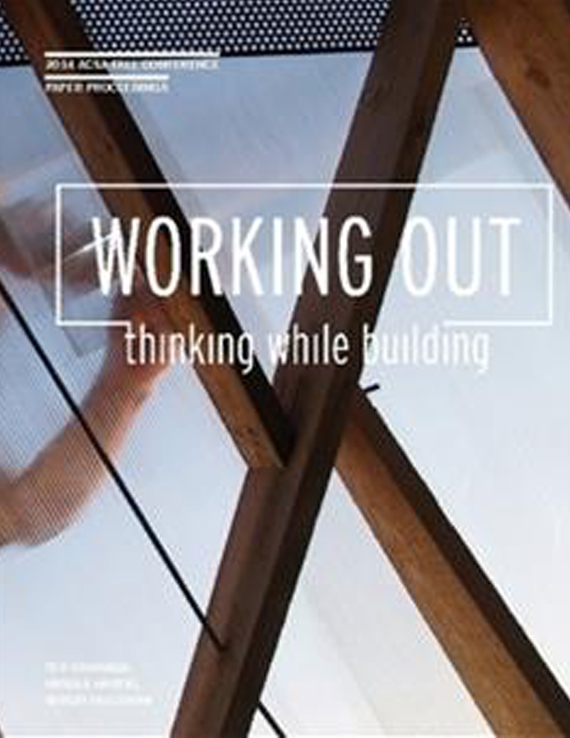Author(s): Patricia Andrasik
Design-build is typically recognized as an architectural project delivery system in which one firm contracts to provide all of the architectural, construction and engineering services on a project. Yet it can have other interpretations. “Design-build,” says architect Edward Wundram, “is an entire range of possibilities.” This paper addresses design-build as a method to coordinate all of the services required for a facility performance evaluation to inform subsequent sustainability upgrades.While sustainable alterations can be costly, the implementation of certain efficiency improvements can minimize pressure on capital. Therefore, it is important to properly diagnose sustainability potential. The National Institute of Building Sciences identifies Facility Performance Evaluation (FPE) as a “continuous process of systematically evaluating the performance and/or effectiveness of one or more aspects of buildings in relation to issues,” among which are cost-effectiveness, functionality, and sustainability. To utilize a cost-efficient approach to sustainability at the Catholic University of America, the School of Architecture and Planning created LEED Lab, a pilot interdisciplinary laboratory course based on “design-build as action research” using USGBC’s LEED EB:O&M rating system. This paper explores the fundamentals of the course and the results of implementation on our first case study, the Crough Center of Architectural Studies, targeted for LEED EB:O&M certification this year. The collaborative foundation of this course, its groundbreaking successes at CUA, and propagation to other universities, are the primary reasons for submission to this conference.LEEDlab formed a platform for collaboration with facility managers, external engineering firms, USGBC, GBCI, mechanical contractors, and other departments, creating a ‘course’ as a single-point source for evaluation, documentation and modifications to Crough. It enabled understanding national building performance benchmarking mandates by studying design through performance simulation and metric tools. Experience gained from LEEDlab fostered the architectural student-to-professional relationship, creating an attractive transition to the professional world. Students became qualified for the LEED GA and Accredited Professional (LEED AP) examinations concurrently, meeting market demands. The course also provided a mechanism for students to initiate and participate in sustainability efforts on campus by facilitating charrettes and educating university administrators and operations staff about sustainability. Their research became a catalyst for policy, design and operational changes. “After all, the collaborative character of action research aims at generating both theoretical understanding and practical impact.”
Volume Editors
Sergio Palleroni, Ted Cavanagh & Ursula Hartig
ISBN
978-0-935502-94-7

 Study Architecture
Study Architecture  ProPEL
ProPEL 
